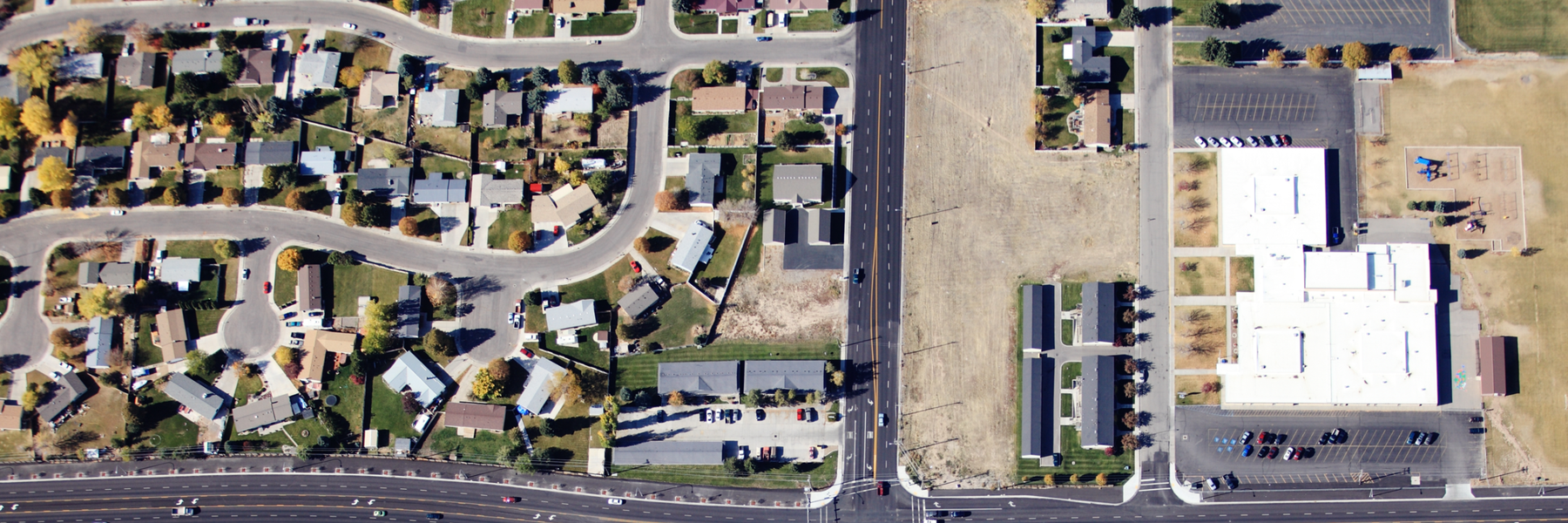For the federal government, grants can be a good way to impact state and municipal policies, purchases, and priorities. For the public, regardless of who is in the White House, they’re great ways to learn more about how federal financial influence is playing out.
State and local governments received $750 billion in grant funding from the federal government last year, comprising a third of states’ budgets and a half of their funding for health care and public assistance. They fund things from research to local tennis courts to law enforcement Regional Information Sharing Systems (RISS). There’s no official methodology or count of federal grant programs, but one estimate has put the number around 1,300. This is public money moving from the national to local governments, and materials generated in the process may be available through FOIA or other state public records laws.
Federal funding may fluctuate with changes in Congress and the White House, but, as a 2019 Congressional Research Service report noted, to politicians, policy is often more important the principles of federalism. “As long at this continues to be the case,” the report said, “there is little evidence to suggest that the general historical trends of increasing numbers of federal grants to state and local governments…are likely to change.”
Under the incoming Biden administration, particular focus areas for grant funding will likely include education, low-income housing, program alternatives to incarceration, and the environment.
How do I figure out what federal grants there are?
Agencies all across the federal government award grants. Generally speaking, there are three types of grant-in-aid programs broken into:
-
categorical grants used for specific programs and specifically-outlined uses
-
block grants to support broader programs and purposes, and
-
general revenue sharing based on some formula and lacking too many use restrictions beyond those applied by state and federal law
You can find them listed by the Department of Health and Human Services on grants.gov, alongside helpful information about grants. The Government Services Administration also lists grants — labeled as “Assistance Listings” (formerly Catalog of Federal Domestic Assistance or CFDA) — on beta.sam.gov.
Sort through by agency to find, for example, grants awarded by the Department of Homeland Security, data on what they’re worth, and summaries of the record retention requirements they have. If you’re filing a FOIA for grant materials, it’ll be very helpful to cite the identification number (or CFDA number) and to describe what you want based on what’s in these other solicitation materials.
Individual agency websites, like this one from the DOJ’s Office on Violence Against Women (OVW), sometimes have additional information on the grants that can help you to better understand the outlines of its programs: its aims, its requirements, its recipients, etc.
Local agencies and news will also be useful for getting a handle on what may be coming down from the national government. The Comal County District Attorney’s Office, for example, recently announced it would be using an OVW grant to hire another prosecutor. Knowing that could inspire one to file more requests around the details of that hire or to keep an extra eye on the new attorney’s effectiveness in addressing rape and domestic violence.
Knowing a bit about a grant’s intention, the specifics of the application, and the context of a particular applicant’s award can help you map out what else might be interesting.
What should I be asking or looking for?
Grant funding can be used in a lot of different ways, and the part of the lifecycle you’re interested in will affect what you might want. Here are some ideas.
From the federal government
-
Application and grant acceptance information: The agency handling the grant will have a lot of the materials that were submitted by applicants, potentially helpful in understanding how a particular area set out to use the grant. Once a government has won a grant, there will also be additional agreement materials that will set an understanding for what that entails.
-
Recipients for a particular grant program: Simply understanding who has gotten an award where can be a useful first step.
-
Deliverables, progress reports, and papers: A grant may have particular reports, audits, or other deliverables that it requires a local government to provide.
-
Schedule of expenditures of federal awards: Depending on just how much money a government is getting from the federal government, it may be required to file additional materials with the federal government, including audits and a list of other entities that received payments as part of the grant, like these local materials sent to the MA state DOJ’s Edward Byrne Justice Assistance Grant program
From state or local agencies
-
Application information: While the federal government will have what a town or office ultimately turned in, the agency actually applying for the grant will obviously have more context around what went into that grant
-
Data and work-related information: This is going to vary a lot, but the local agency is going to have all the material that actually goes into using a grant: the plans, the purchases, the emails, and everything else
-
Application information for subgrants: If an agency uses its grant money to fund additional local programs, there may be a whole new round of application materials to request.

From the 2016 Massachusetts Comptroller Comprehensive Annual Financial Report
Do you have examples of how you’ve used public records to pry information on grant awards and affects from government agencies? Let us know!
What else should I know?
As with any records rabbit hole, you’re not going to be able to get all the records all the time, and this is particularly true when dealing with grants related to scientific or other research. What’s available can also vary depending on the legislation or other action that created the grant. That shouldn’t be a deterrent to asking for more information when you want to see it. With federal grants sustaining a lot of government activity nationwide, they should be able to endure the weight of additional oversight.
Image via Andy Feliciotti on Unsplash




